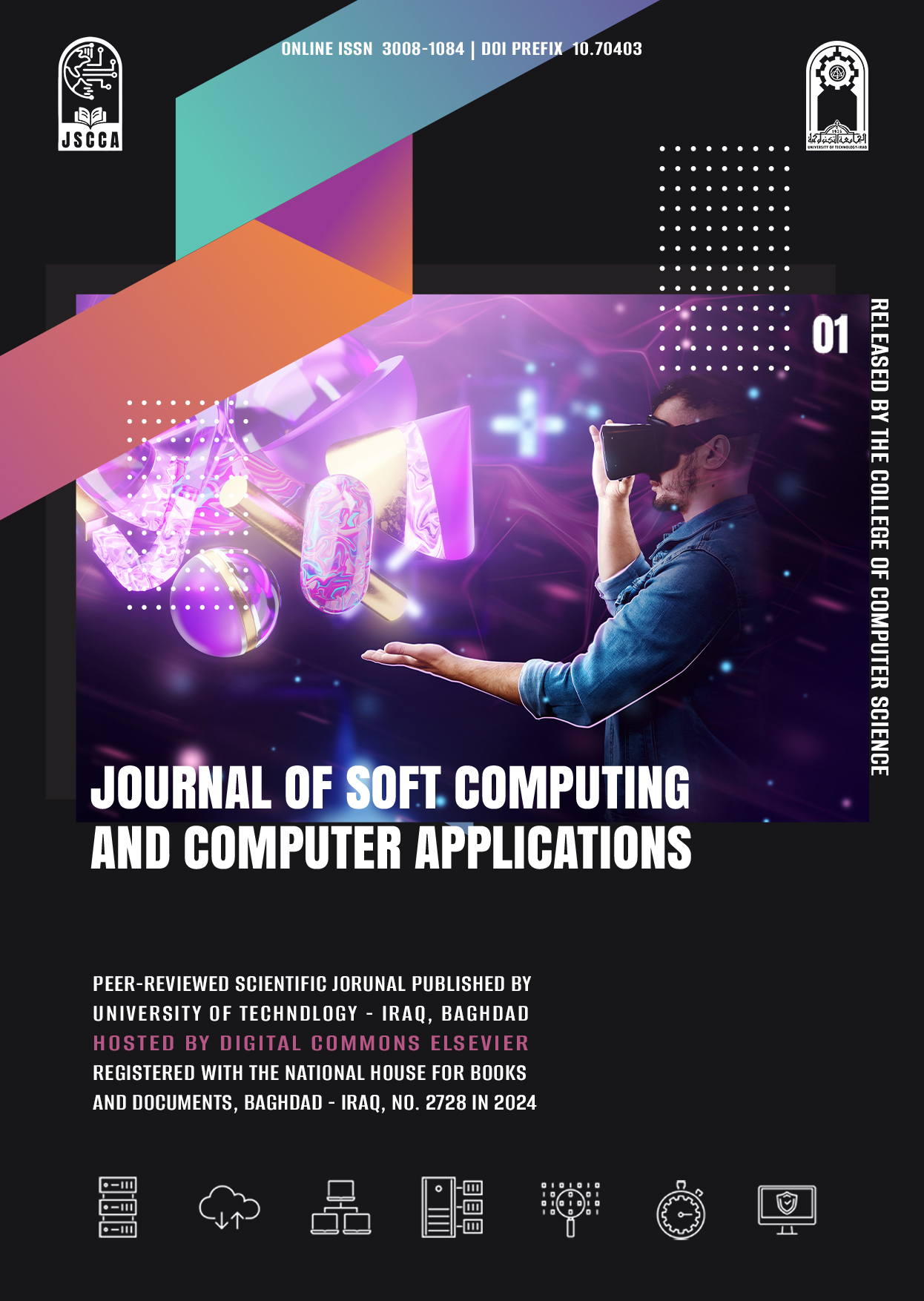Abstract
In seismically active areas, earthquake prediction is essential for minimizing potential damages
and preserving lives. However, precise forecasts are complicated to achieve because of seismic
events’ complex and unpredictable nature. The current study presents an advanced prediction
approach to address such issues, combining Convolutional Neural Networks (CNNs) and Attention
Mechanism (AM). The primary goal is to improve the accuracy of the earthquake predictions and
the generalizability across various mainland Chinese regions. AM layer emphasizes significant
features for improving the prediction performance, whereas CNNs are utilized to extract spatial
features of seismic data. The efficiency and effectiveness of the proposed approach were evaluated
by comparing it with several well-known models. Results showed that the proposed approach
performed consistently better than others in nine regions, with a reduced Root Mean Square
Error (RMSE) and Mean Absolute Error (MAE) as well as higher R-squared (R2
) scores, especially
in substantial seismic variability regions. Moreover, the proposed approach outperformed the
conventional techniques in Region One, achieving an RMSE of 0.020, an MAE of 0.015, and
an R2 value of 0.960. In regions susceptible to seismic events, this all-encompassing approach
presents a promising path for earthquake prediction, boosting readiness and risk management
methods.
and preserving lives. However, precise forecasts are complicated to achieve because of seismic
events’ complex and unpredictable nature. The current study presents an advanced prediction
approach to address such issues, combining Convolutional Neural Networks (CNNs) and Attention
Mechanism (AM). The primary goal is to improve the accuracy of the earthquake predictions and
the generalizability across various mainland Chinese regions. AM layer emphasizes significant
features for improving the prediction performance, whereas CNNs are utilized to extract spatial
features of seismic data. The efficiency and effectiveness of the proposed approach were evaluated
by comparing it with several well-known models. Results showed that the proposed approach
performed consistently better than others in nine regions, with a reduced Root Mean Square
Error (RMSE) and Mean Absolute Error (MAE) as well as higher R-squared (R2
) scores, especially
in substantial seismic variability regions. Moreover, the proposed approach outperformed the
conventional techniques in Region One, achieving an RMSE of 0.020, an MAE of 0.015, and
an R2 value of 0.960. In regions susceptible to seismic events, this all-encompassing approach
presents a promising path for earthquake prediction, boosting readiness and risk management
methods.
Keywords
Attention Mechanism
Convolution Neural Networks
Earthquake prediction
Feature Selection
